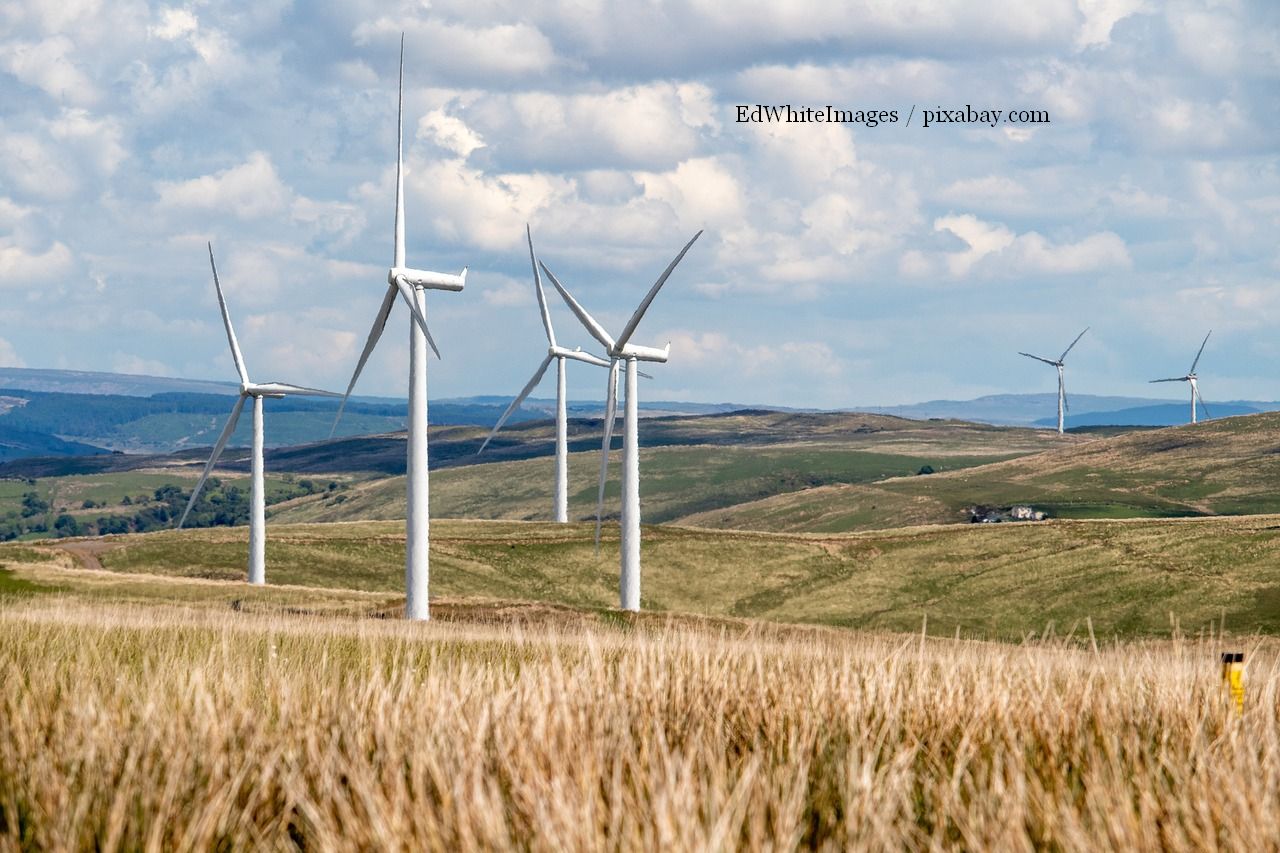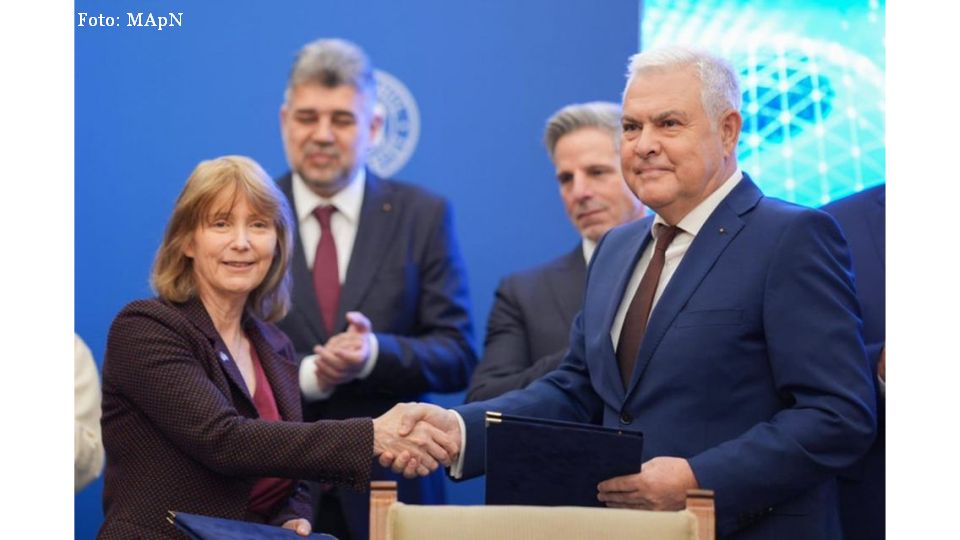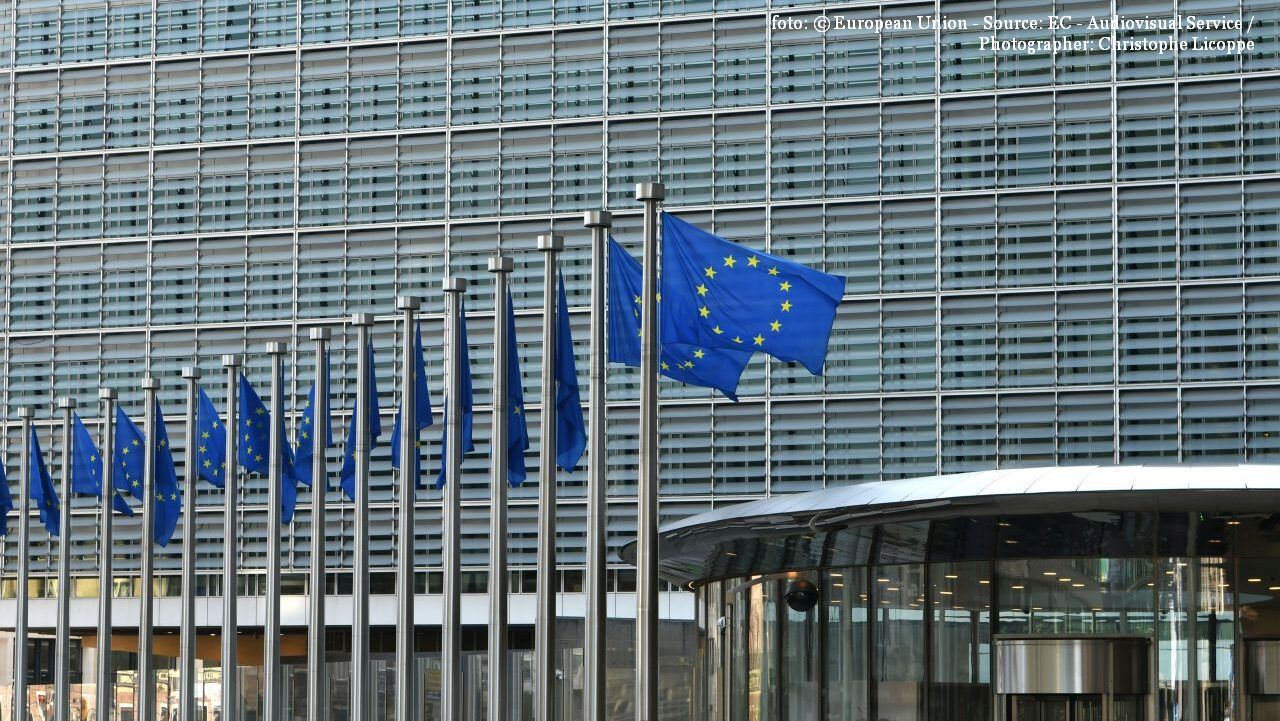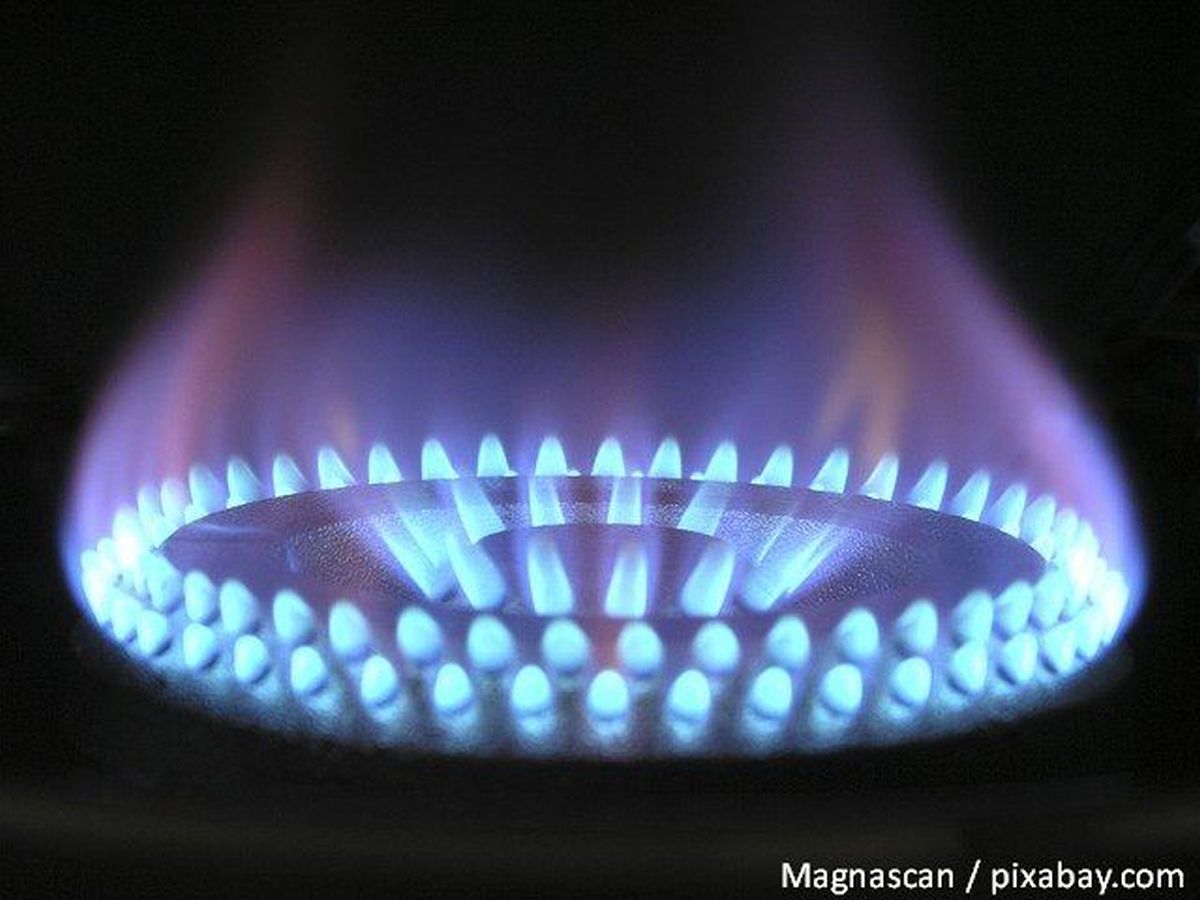The National Energy Strategy, adopted
Using local resources, reducing imports and making massive investments in production capacity are important elements of the new National Energy Strategy.

Ştefan Stoica, 22.11.2024, 13:50
Using local resources, reducing imports and making massive investments in production capacity are important elements of the new National Energy Strategy.
The Bucharest Government has adopted the National Energy Strategy for the next 10 years, until 2035, with a view to 2050. It is the first such strategy passed by the Government in the last 17 years. “We are in another critical moment, when we are faced with major market fluctuations, geopolitical and security crises, as well as economic difficulties. Our response is ambitious: the use our own resources, have less imports, make massive investment in energy production capacity and in the transport and distribution network, local production of equipment, digitization and state of the art technologies, all for an energy sector that offers safe, cheap and clean energy”, Energy Minister Sebastian Burduja said. In his opinion, time has come to turn our resources and intelligence into economic power, security and competitiveness. Romania is building a future in which no Romanian will suffer from energy poverty and no company will be forced to close its doors due to high energy costs, Burduja added.
The National Energy Strategy sets clear directions for the development of the sector, namely energy security, clean energy, energy efficiency, accessibility and economic competitiveness, efficient markets, innovation and digitalization. According to the Energy Ministry, these objectives are guided by clear principles, such as prioritizing security of supply, developing the circular economy and achieving climate neutrality by 2050. Moreover, by adopting this strategy, Romania demonstrates a clear commitment to a secure, affordable and clean energy future. It is an important step towards transforming the energy sector into a pillar of economic development and a pillar of regional stability, the Ministry also said.
According to the document, Romania undertakes to protect critical infrastructure, reduce dependence on imports by using its own resources and digitalize the sector. At the same time, Romania’s energy security includes supporting the Republic of Moldova. Another vector of the strategy refers to ensuring the lowest possible prices for consumers, both households and industrial, thus preventing energy poverty and supporting economic competitiveness. Romania continues to be a European leader in reducing greenhouse gas emissions, maintaining a balance between security, affordable prices and the green transition, according to Energy Ministry officials. They also say that Romania is facing global and regional pressure, including market fluctuations, climate change and the effects of the war in Ukraine, and the Strategy offers solutions through investments in modern technologies, strengthening the supply chain, digitalization and innovation.






























